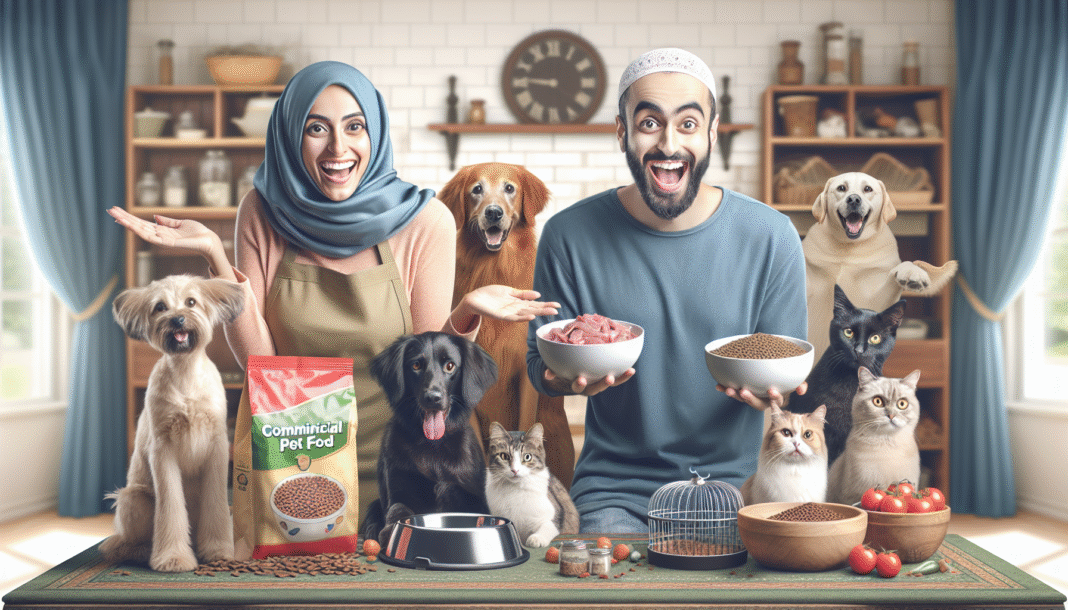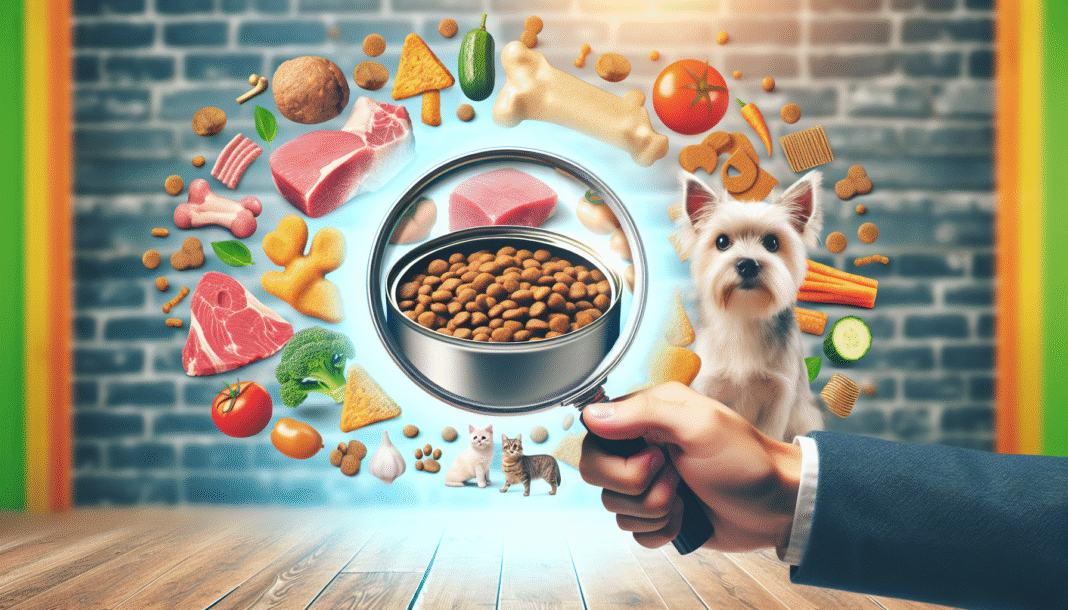When it comes to pet health care, the debate over the raw diet—also known as a “BARF” diet (biologically appropriate raw food)—is hotter than ever. Many pet owners are seeking more natural ways to nourish their furry friends, while others remain skeptical. In this article, we’ll explore the benefits and drawbacks of feeding your pet a raw diet, helping you make an informed decision about what’s best for your beloved companion.
What is a Raw Diet?
A raw diet consists of uncooked animal products, including meat, bones, organs, fruits, and vegetables. Proponents believe this diet mimics what animals would eat in the wild, providing a more natural nutritional profile compared to traditional commercial pet foods.
Ingredients Commonly Found in a Raw Diet
- Raw Meat: Typically includes muscle meat, beef, chicken, or fish.
- Raw Bones: Often fed for teeth cleaning and calcium.
- Organ Meat: Liver and kidneys for essential vitamins and minerals.
- Fruits and Vegetables: Ingredients like carrots, spinach, and pumpkin can provide extra nutrients.
The Pros of a Raw Diet
Improved Coat and Skin Condition
Many pet owners report shinier, healthier coats and reduced skin allergies in their pets after switching to a raw diet. The omega fatty acids found in certain meats and fish are known to promote skin health.
Better Digestive Health
Raw diets can aid digestion due to the inclusion of whole foods and the avoidance of fillers commonly found in commercial pet foods. The beneficial enzymes in raw food can help break down nutrients more efficiently.
Increased Energy Levels
Many pet owners notice a boost in their pets’ energy levels and vitality. This can be attributed to the high-quality, natural ingredients that provide long-lasting energy without artificial additives.
Weight Management
Feeding pets a raw diet can help regulate their weight more effectively. The high protein content may help pets feel fuller longer, reducing the likelihood of overeating.
Improved Dental Health
Chewing on raw bones can promote dental hygiene by reducing plaque buildup and strengthening gums. This natural approach can lessen the need for professional dental cleanings.
The Cons of a Raw Diet
Nutritional Imbalance
One of the significant concerns about a raw diet is the risk of nutritional imbalances. Without proper knowledge, pet owners may inadvertently omit essential nutrients, leading to health issues over time. Consulting with a veterinarian or pet nutritionist is crucial.
Bacterial Contamination
Raw meat carries the risk of harmful bacteria, such as Salmonella and E. coli. While healthy pets can often handle a certain level of bacteria, immunocompromised animals or young puppies may be more susceptible to illness.
Price Considerations
A raw diet can be more expensive than traditional kibble or canned food. Quality meat, bones, and supplementary ingredients can add up, which may not be feasible for every budget.
Time-Consuming Preparation
Preparing a balanced raw meal requires time and effort. Pet owners must carefully source fresh ingredients and may need to spend additional time meal-prepping, which might be a deterrent for those with busy lifestyles.
Social and Ethical Concerns
Some pet owners may feel uncomfortable with the ethical implications of feeding animal products or the challenges of sourcing sustainable meat. Additionally, feeding raw meals in social settings could lead to concerns about cross-contamination and hygiene.
Practical Tips for Transitioning to a Raw Diet
- Consult Your Veterinarian: Before making any dietary changes, discuss your plans with a vet who understands raw feeding.
- Start Slow: Gradually introduce raw food alongside your pet’s current diet to prevent digestive upset. This could be done by swapping one meal a week for raw, then increasing frequency.
- Research Recipes: Find trusted raw diet recipes or guides to ensure you’re including all the necessary nutrients.
- Rotate Proteins: Vary the meat sources you offer to ensure a broader nutrient profile.
- Monitor Your Pet’s Health: Observe your pet’s coat, energy levels, and overall well-being during the transition. Regular vet check-ups are key to tracking their health.
Safety Measures to Consider
When feeding a raw diet, keep safety in mind:
- Practice Hygiene: Wash hands, utensils, and surfaces thoroughly after preparing raw food.
- Limit Cross-Contamination: Store raw meat separately from other food items in your refrigerator.
- Use Fresh Ingredients: Always source high-quality and fresh ingredients to minimize bacterial risks.
- Avoid Certain Foods: Some items, like onions, garlic, and chocolate, can be toxic to pets, even in small amounts.
Conclusion
The choice to adopt a raw diet for your pet comes with its advantages and disadvantages. By considering your pet’s unique health needs, consulting professionals, and remaining informed about dietary practices, you can make a decision that’s right for both of you. Remember, pet health care is about finding the best balance for your furry friend—and that might just include exploring the world of raw feeding.





